Sony Electronics introduced today Alpha 9 III A camera with the world’s first full-frame global shutter image sensor in a hybrid mirrorless system. This is especially important if you shoot fast-moving subjects. Sports photographers will finally have distortion-free images, and videographers won’t have to deal with the dreaded jelly issues when shooting. It’s a big win for everyone!
Although it’s not technically the world’s first full-frame shutter image sensor, it is the first actually available in a camera. Canon announced its full-size 19-megapixel LI5030SA 35mm sensor with a global shutter that exposes all the pixels at once earlier in the year, however, it has yet to find its way into any camera you can buy.
The LI5030SA has a pixel pitch of 6.4µm, and Canon claims this sensor is capable of high dynamic range and low noise. The physical size of the sensor is 5688 x 3336 and is capable of capturing up to 57.99 fps at 12-bit, or 60 fps at 5688 x 3240 resolution.
Key Features
- 24.6MP full-frame global shutter sensor
- Up to 120 fps shooting with AF/AE
- Pre-capture function; Speed increase button
- Flash sync at up to 1/80,000 second.
- 4K 120p 10-bit video; S-Log3 and S-Cinetone
- 759 point phase detection AF with tracking
- 8-Stop image stabilization inside the body with five axes
- 9.44m-dot electronic viewfinder with a refresh rate of 240 fps
- 3.2-inch, 2.1m dot, four-axis LCD touch screen
- Dual CFexpress Type A/SD card slots
The newly developed global shutter image sensor detects and reads all pixels simultaneously, unlike a rolling shutter sensor that records images sequentially from the top row of pixels down. A full-frame pan-shutter image sensor enables the camera to shoot at burst speeds of up to 120 fps without rolling shutter distortion or camera blackout. This sensor is combined with Sony’s latest autofocus (AF) system, which uses AI to perform up to 120 AF/AE calculations per second, with the added ability to sync flash at all shooting speeds. Speaking of flash sync, you can use it up to the camera’s highest shutter speed of 1/80,000 sec (1/16,000 sec during continuous shooting).
This allows the flash to be used for additional subject illumination when shooting outdoors in bright daylight with a high shutter speed, eliminating the need for large lighting setups. This is great news for photographers who do flash photography.
You can use a compatible Sony flash unit (such as the HVL-F60RM2 or HVL-F46RM) to be able to sync across all shutter speeds, eliminating the sharp, non-linear drop in light that occurs with high-speed sync (HSS) and ensuring even illumination across Image.
Advanced performance without distortion
The all-round shutter image sensor is claimed to provide distortion-free image expression for videos as well as still images. Having a global shutter allows the user to capture images of a fast-moving vehicle, such as a car or fast-moving subjects, without any of the distortion or line bending that can be a problem with cameras that use a rotating shutter CMOS sensor. A global shutter will somewhat limit its dynamic range and low-light capabilities, but it should still be sufficient for most users in both fields.
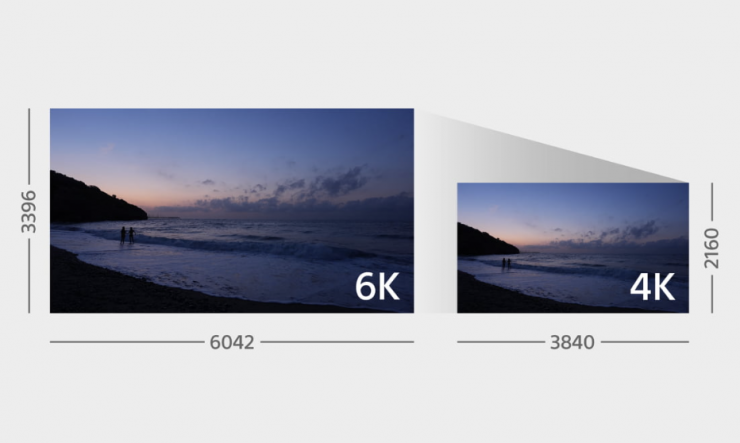
The Alpha 9 III is the first in the Alpha series that can record high frame rate video at 4K and 120p without cropping. It’s also possible to shoot 4K and 60p videos with 6K upsampling.
the Alpha 9 III Also included is S-Cinetone, a Rec.709 image profile originally created through the development of the VENICE cinema camera and an option you can use if you prefer to look at your recording rather than photograph the record.
Speaking of log, the Alpha 9 III can log to S-Log3, and has the ability to load its own lookup table (via a CFexpress Type A card.
The Alpha 9 III is also compatible with the upcoming Monitoring and Control app that will be available in December.
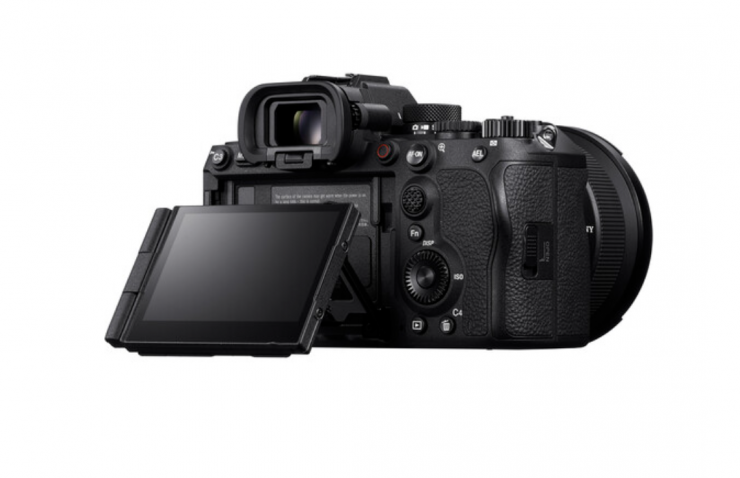
The Alpha 9 III weighs 1.4 lbs / 617 g (body only) and has physical dimensions of 5.4 x 3.8 x 3.3 inches / 136.1 x 96.9 x 82.9 mm.
Video specifications
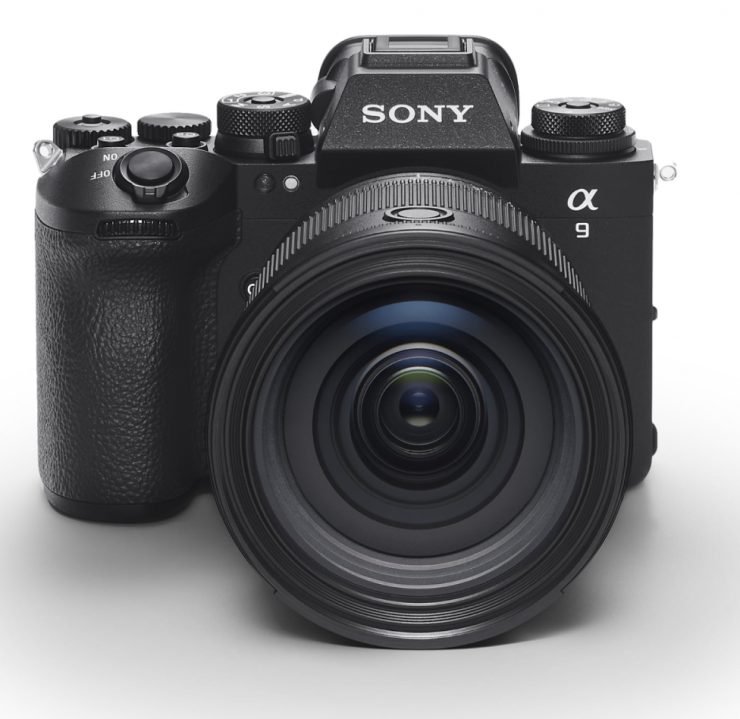
Just like many Sony Alpha cameras, the Alpha 9 III can record in XAVC S or AVCHD format. You can record up to 120p UHD 4:2:2 10-bit at a maximum bitrate of 600Mb/s. The nice thing is that you can capture UHD 120p without any cropping of the sensor.
XAVC HS/XAVC S/XAVC SI 4:2:2/4:2:0 8/10 bit
UHD 4K (3840 x 2160) at 23.98/25/29.97/50/59.94/100/120 fps (30 to 600Mb/s)
1920 x 1080 at 23.98/25/29.97/50/59.94/100/120 fps (16 to 222 MB/s)
16-bit raw via HDMI
4672 x 2628 at 23.98/29.97/59.94 fps
4:2:2 8-bit via HDMI
UHD 4K (3840 x 2160) at 23.98/25/29.97 fps
1920 x 1080 at 23.98/50/59.94 fps
1920 x 1080i at 50/59.94 fps
Film jobs
Display Audio Level, Audio Recording Level, PAL/NTSC Selector, Proxy Recording (1280 x 720 (about 9Mbps)), TC/UB (TC Preset/UB Preset/TC Format/TC Playback/Create TC/UB time recording), auto slow shutter, recording control, clean HDMI information. (on/off can be selected), gamma display. Helps
There is no bad recording time when using the camera.
As you’d expect, there are no anamorphic or gate-opening modes on the Alpha 9 III. Although it’s certainly a capable camcorder, the Alpha 9 III is primarily aimed at discerning sports and wildlife photographers.
Although there’s nothing wrong with having a global shutter for video shooting, most modern cameras have very low amounts of rolling shutter. However, it depends on what you’re shooting, but we’ve been able to work with rotating shutter CMOS sensor cameras for many years now, unless you’re shooting very fast movements at 23.98,24,25 pixels, etc. A global shutter camera is not a big deal. I think most users will take to the increased dynamic range and low-light capabilities offered by a rolling-shutter CMOS sensor over a global shutter.
Sensor
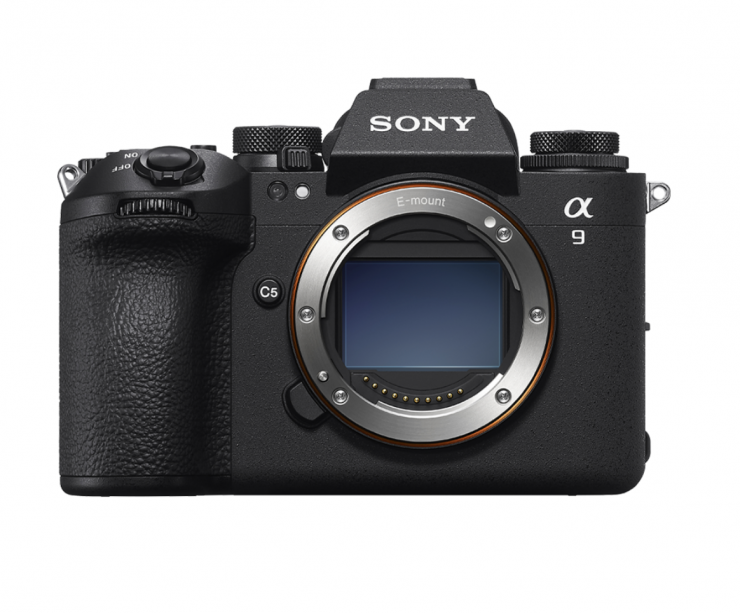
The Alpha 9 III uses a newly developed global shutter superimposed full-frame CMOS image sensor with approximately 24.6 effective megapixels and built-in memory. When combined with the latest BIONZ XR image processing engine, the Alpha 9 III achieves blackout-free continuous shooting speed with AF/AE tracking of up to approximately 120 fps.
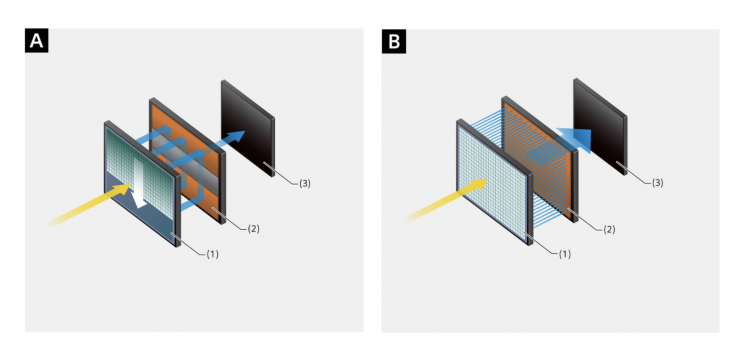
(1) Pixel area (2) High-speed signal processing circuit (3) Image processing engine.
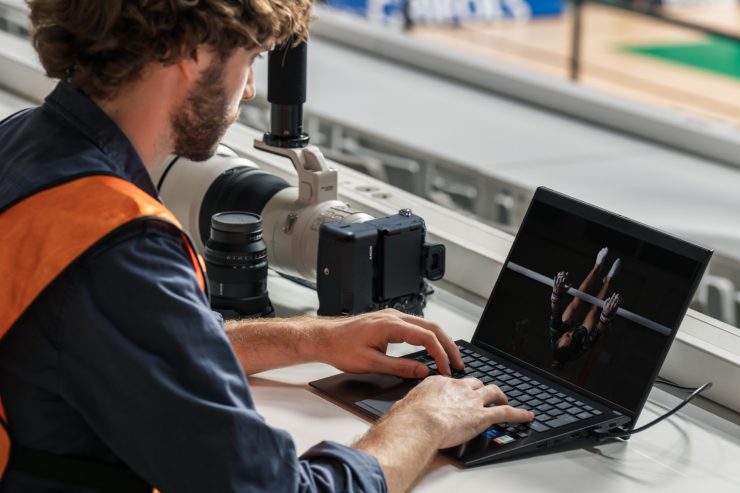
The Alpha 9 III’s AI processing unit allows for real-time recognition AF and real-time tracking providing a significant improvement over human eye recognition performance, allowing the camera to automatically recognize, track, and focus on the eyes of a specific subject.
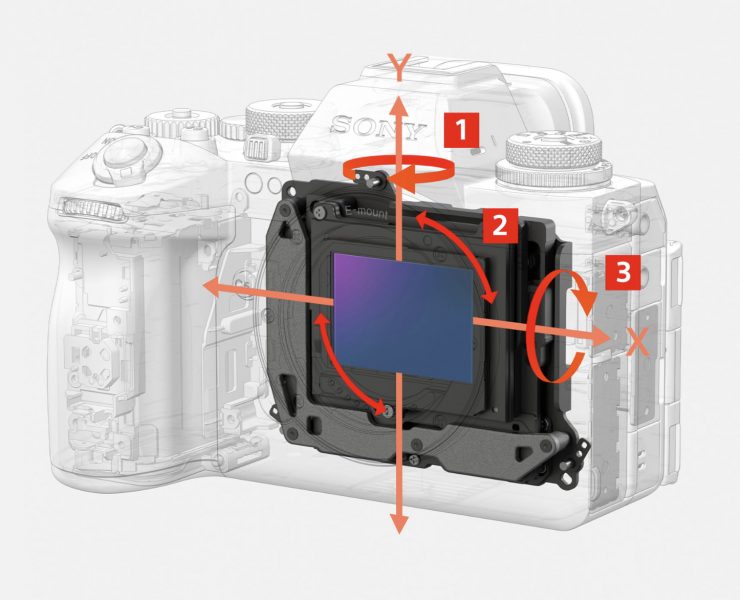
Sony says the Alpha 9 III is equipped with 8.0 stops of 5-axis in-body optical image stabilization.
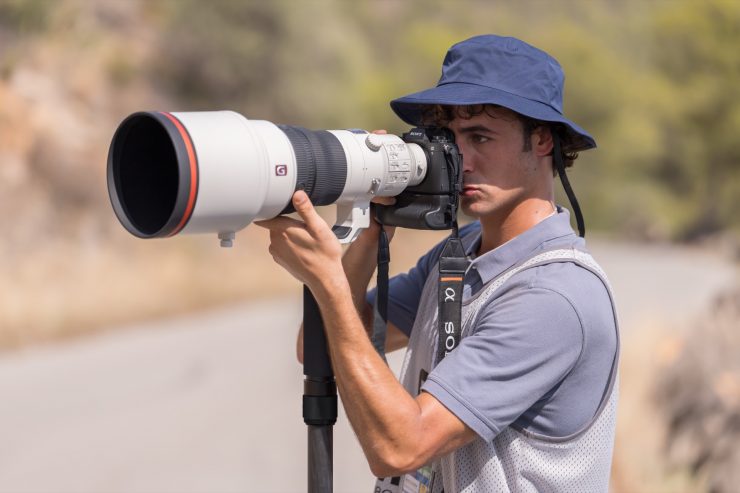
The Alpha 9 III also features selectable release delay modes, which allow the user to prioritize release delay or viewfinder/monitor. A newly developed pre-capture function allows the camera to record continuously for up to one second before releasing the shutter, making it easier to capture moments that might otherwise be missed. When selected, the continuous shooting speed boost function allows the user to change to a faster speed pre-set by the user at any time during shooting. Enhanced durability ensures important moments are captured reliably thanks to the large buffer memory and increased overall system speed allows up to 390 JPEG images to be captured Approx. 1 minute in one continuous burst at 30 fps.
Customizable focus areas have been expanded to include XS to XL in addition to the previous S, M and L sizes. The preset focus/zoom function allows preset focus and zoom settings to be saved in the camera for quick recall when needed. In addition to the current custom white balance frame size, the user can now specify other sizes as needed allowing the white balance to be fine-tuned after the image has been composed. The Alpha 9 III has upgraded features such as the latest AF algorithms for high AF accuracy down to low light levels of up to EV-5 in AF-S mode (ISO 100 equivalent, F2.0 lens), and focus tracking Automatic continuous shooting at F22 And the composite RAW format shooting function, which gives the ability to combine several consecutive images into a high-quality composite image.
Turn on the photo filter
Other new features of the Alpha 9 III camera include a playback image filter that allows the user to select a large number of images using high-speed continuous shooting and a function menu that can be used even during image playback.
The Playback Function Menu can be preset so that the user can perform protection, smartphone transfer, FTP, etc. while playing the image. The user can select images narrowed using the playback filter and play them from the function menu.
The camera has a dedicated microphone for voice memos on the back. Recorded audio data can be transferred via FTP along with images. The camera allows the user to set up to 20 presets from the International Press Communications Council (IPTC), an international advisory body in which news organizations from different countries participate.
The Alpha 9 III can transfer data up to twice as fast as the Alpha 9 II. 5GHz connectivity provides maximum speed and stability for news and sports photographers who need instant delivery via FTP, as well as for studio environments. The Alpha 9 III allows still images and movies to be recorded to memory media in a variety of ways, including two media slots that support CFexpress Type A cards as well as UHS-I and UHS-II SD cards.
Many readers may be wondering why Sony continues to stick with CFexpress Type A cards as well as UHS-I and UHS-II SD cards. Well, it might be for a few reasons. The physical size of the camera is rather small and it was not possible to use the dual CF Express Type B slots. Smaller CFexpress Type A cards also generate less heat. Given the recording capabilities of the camera, there’s no real reason to use any other type of faster media.
Firmware updates for Alpha 1 and Alpha 7S III models
In addition to the release of the Alpha 9 III, Sony has announced new firmware updates for the Alpha 1 and Alpha 7S III full-frame mirrorless cameras. The new software will equip both models with some of Sony’s latest imaging technologies, including the much-requested Focus Breathing Compensation feature, improved IPTC and FTP workflows, and support for the C2PA format.
The firmware will also update the Alpha 1 with Relay Playback and Alpha 7S III with DCI 4K 24.00P shooting format. A camera software update will be available in Spring 2024.
Pricing and availability
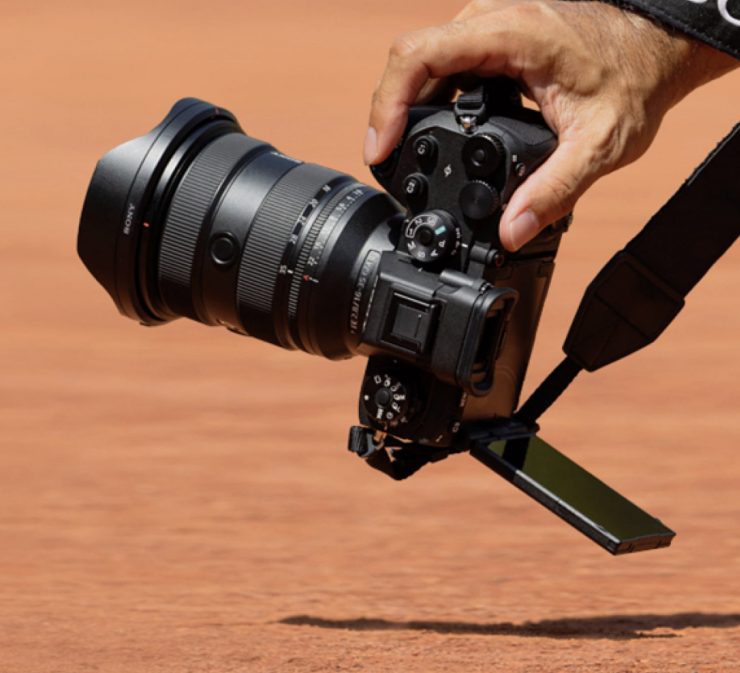
the Alpha 9 III camera Available for pre-order on November 8, 2023 at a suggested retail price of $5,999.99 USD and $8,299.99 CAD.

“Writer. Friendly troublemaker. Lifelong food junkie. Professional beer evangelist.”
